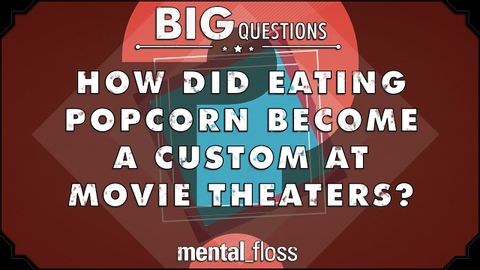【英語で雑学】なぜポップコーンと映画はセットになったの?
陳怡平 が 2019 年 01 月 29 日 に投稿  この条件に一致する単語はありません
この条件に一致する単語はありません- n. (c./u.)集まり;仲間
- v.t.まとまる
- v.t./i.束ねられる
US /dɪˈprɛʃən/
・
UK /dɪ'preʃn/
- n. (c./u.)うつ病;不景気;鬱病;不況;低気圧;窪み
US /dɪˈstrækʃən/
・
UK /dɪˈstrækʃn/
- n. (c./u.)気を散らすもの;気を紛らわすもの;気を紛らす;心の乱れ
エネルギーを使用
すべての単語を解除
発音・解説・フィルター機能を解除
